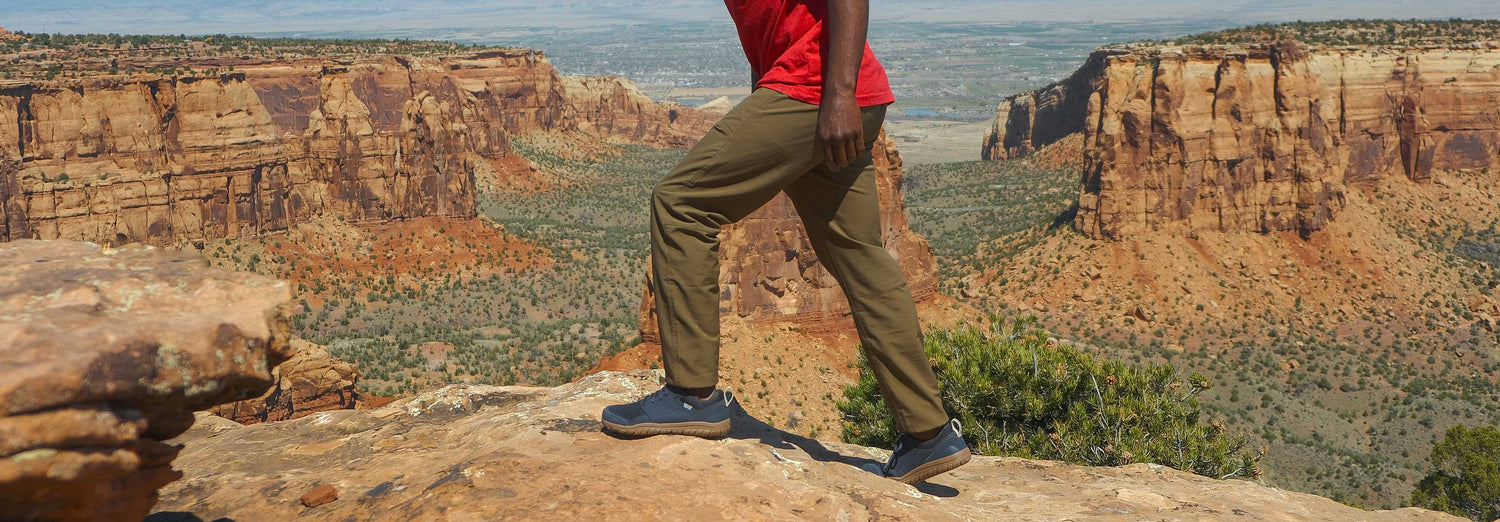Hiking is a beloved outdoor activity enjoyed by millions of Americans each year. But have you ever stopped to wonder how the vast network of hiking trails we have today came to be? The history of hiking trails in America is a fascinating journey that showcases the evolution of our outdoor spaces and the efforts of conservationists, volunteers, and outdoor enthusiasts.
The Early Years: Native American Trails and Colonial Footpaths Hiking trails in America have a long and rich history that dates back thousands of years. Before the arrival of European settlers, Native American tribes had established a network of trails across the continent. These trails served as vital routes for trade, travel, and communication between tribes.
One of the most famous Native American trails is the Natchez Trace, which stretches from Natchez, Mississippi, to Nashville, Tennessee. This ancient trail was used by Native Americans for centuries before becoming a major thoroughfare for European settlers in the 18th and 19th centuries.
Colonial footpaths also played a crucial role in the development of hiking trails in America. These early trails were created by settlers for transportation and exploration, often following Native American routes. As the colonies expanded, these footpaths grew into more established trails, connecting settlements and providing access to natural resources.
The Rise of Recreational Hiking: The late 19th and early 20th centuries marked a significant shift in the perception of outdoor activities, leading to a resurgence of interest in recreational hiking. This period saw the emergence of hiking clubs and organizations dedicated to promoting hiking as a leisure activity, rather than a purely utilitarian pursuit.
One of the most influential organizations of this era was the Appalachian Mountain Club (AMC), founded in 1876. The AMC played a pivotal role in the development of hiking as a recreational activity, organizing group hikes, advocating for trail preservation, and publishing guides and maps for hikers.
Another key development during this time was the creation of national parks and forests, which provided an abundance of natural landscapes for hiking enthusiasts to explore. The establishment of Yellowstone National Park in 1872 marked the beginning of a movement to preserve America's natural wonders for public enjoyment, paving the way for the creation of iconic parks like Yosemite, Grand Canyon, and Glacier.
The rise of recreational hiking also coincided with a growing interest in nature conservation and environmentalism. Hikers and outdoor enthusiasts became increasingly aware of the need to protect the natural landscapes they enjoyed, leading to the establishment of the National Park Service in 1916 and the U.S. Forest Service in 1905. These agencies played a crucial role in the development and maintenance of hiking trails, ensuring that future generations would have access to America's wild places.
Overall, the rise of recreational hiking in America was a transformative period that laid the foundation for the extensive network of hiking trails we have today. It was a time when people began to see hiking not just as a means of transportation, but as a way to connect with nature, challenge themselves physically, and experience the beauty of the natural world.
Trail Conservation and Expansion: The Role of Government and Nonprofits In the early 20th century, the federal government began to take a more active role in the conservation and management of hiking trails. The establishment of the National Park Service in 1916 and the U.S. Forest Service in 1905 marked a turning point in the development of hiking trails in America.
These agencies worked to protect and preserve natural areas while also developing and maintaining hiking trails for public use. They implemented sustainable trail-building practices and worked with volunteers and nonprofit organizations to expand the trail network across the country.
Nonprofit organizations also played a crucial role in the expansion and maintenance of hiking trails. The Appalachian Trail Conservancy, founded in 1925, has been instrumental in the preservation and management of the Appalachian Trail. Similarly, the Pacific Crest Trail Association has worked tirelessly to protect and maintain the Pacific Crest Trail, which stretches from Mexico to Canada.
The Modern Trail System: Today, the United States boasts an extensive network of hiking trails that cater to a wide range of outdoor enthusiasts. From short, family-friendly nature walks to rugged, long-distance treks that span multiple states, there is a trail for everyone to enjoy. This vast network of trails is a testament to the enduring popularity of hiking as a recreational activity and the efforts of countless individuals and organizations to create and maintain these routes.
One of the most notable aspects of the modern trail system is its diversity. Trails can be found in national parks, forests, wildlife refuges, and even urban areas, offering a variety of experiences for hikers of all skill levels. Some trails meander through dense forests, while others traverse open meadows or climb steep mountainsides. Each trail offers its own unique challenges and rewards, ensuring that every hike is a memorable adventure.
Technological advancements have also had a significant impact on the modern trail system. Trail mapping apps and websites have made it easier than ever for hikers to plan their adventures, providing detailed information on trail lengths, difficulty levels, and points of interest along the way. These tools have also made it easier for hikers to navigate trails, reducing the risk of getting lost and ensuring a safer hiking experience.
Social media has played a role in popularizing hiking and promoting awareness of the trail system. Platforms like Instagram and Facebook are filled with stunning photos and stories from hikers sharing their experiences on the trail, inspiring others to get outside and explore. This increased visibility has helped to attract new audiences to hiking, further contributing to the growth of the trail system.
Despite these advancements, the modern trail system faces challenges. Overcrowding on popular trails can lead to environmental damage and diminish the hiking experience for others. Conservation efforts are needed to protect sensitive habitats and ensure that trails remain accessible for future generations. Additionally, funding for trail maintenance and infrastructure improvements is essential to keep trails safe and enjoyable for all users.
Despite these challenges, the modern trail system remains a testament to the enduring appeal of hiking and the dedication of those who work to maintain it. With proper stewardship and a commitment to conservation, America's hiking trails will continue to provide opportunities for adventure, exploration, and connection with the natural world for years to come.
The Future of Hiking Trails: Conservation and Sustainability As the popularity of hiking continues to grow, so do the challenges facing America's hiking trails. Overcrowding, environmental threats, and funding issues are all issues that must be addressed to ensure the long-term sustainability of our trail system.
Conservation efforts will be crucial in protecting our natural areas and preserving them for future generations. Sustainable trail-building practices, such as building durable trails that minimize erosion and impact on the environment, will also be essential in maintaining the integrity of our trail system.
By working together to protect and preserve our hiking trails, we can ensure that future generations will have the opportunity to enjoy the beauty and adventure of America's great outdoors. Whether you're a seasoned hiker or just starting, America's hiking trails offer endless opportunities for exploration and discovery. So lace up your boots, hit the trail, and experience the wonder of America's hiking trails for yourself.

